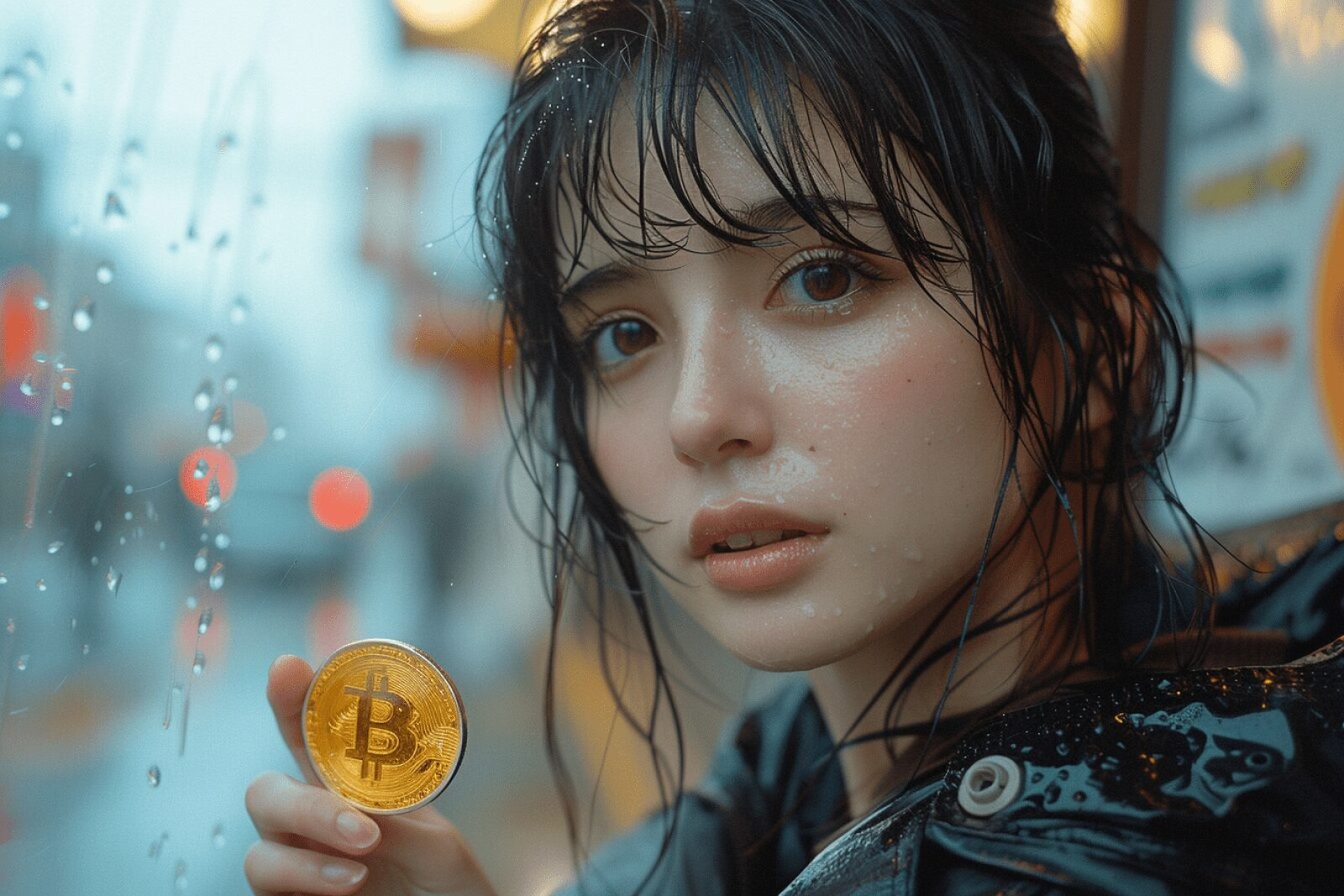
Jordan Bitman
NFT Fashion: The Next Big Thing in the Industry

The fashion industry is embracing the digital revolution, and NFTs are at the forefront of this transformation. From virtual clothing and accessories to digital fashion shows, NFTs are creating new opportunities and redefining how we experience fashion. Here’s how NFTs are becoming the next big thing in the fashion industry.
The Emergence of Digital Fashion
Digital fashion involves the creation and use of virtual clothing and accessories, which can be worn by digital avatars or incorporated into virtual environments. NFTs provide a way to own and trade these digital fashion items, ensuring their uniqueness and authenticity. This new form of fashion is gaining traction as technology advances and virtual worlds become more popular.
Notable NFT Fashion Projects
Several high-profile NFT fashion projects have captured the attention of the industry and consumers alike. Here are a few examples:
The Fabricant: The Fabricant is a digital fashion house that creates virtual clothing and accessories. Their collaboration with artist Johanna Jaskowska resulted in the sale of a digital dress for $9,500, showcasing the potential of NFT fashion.
RTFKT Studios: RTFKT Studios specializes in creating digital sneakers and collectibles. Their collaboration with artist Fewocious resulted in the sale of $3.1 million worth of digital sneakers in just a few minutes.
Gucci: Luxury fashion brand Gucci has entered the NFT space with the release of virtual sneakers. These digital shoes can be worn in virtual environments and on social media platforms, blending fashion with digital innovation.
The Benefits of NFT Fashion
NFT fashion offers several benefits for designers, brands, and consumers, transforming how we interact with and experience fashion. Here are a few key advantages:
Sustainability: Digital fashion reduces the environmental impact of traditional fashion production by eliminating the need for physical materials and manufacturing processes. This makes it a more sustainable option for fashion enthusiasts.
Innovation and Creativity: NFTs enable designers to experiment with new concepts and push the boundaries of traditional fashion. Digital fashion items can incorporate elements such as animation, interactivity, and augmented reality.
Global Accessibility: NFT fashion is accessible to a global audience, allowing designers and brands to reach consumers worldwide. Virtual fashion shows and online marketplaces facilitate this global reach.
Ownership and Exclusivity: NFTs provide verifiable ownership and exclusivity for digital fashion items. Consumers can own unique pieces and showcase their digital wardrobe in virtual environments.
The Role of Virtual Fashion Shows
Virtual fashion shows are becoming a popular way to showcase digital fashion collections. These events leverage virtual reality (VR) and augmented reality (AR) to create immersive experiences for attendees. NFT fashion items featured in these shows can be bought and traded, adding a new dimension to the traditional fashion show format.
For example, Decentraland hosted the world’s first virtual fashion show, where designers showcased their digital collections, and attendees could purchase NFT fashion items directly from the virtual runway. This event highlighted the potential of virtual fashion shows to revolutionize the industry.
Challenges and Considerations
While NFT fashion offers exciting opportunities, there are challenges and considerations to keep in mind:
Technology Adoption: The widespread adoption of digital fashion requires advancements in technology and infrastructure. Consumers need access to VR and AR devices to fully experience virtual fashion.
Intellectual Property: Ensuring the protection of intellectual property rights is crucial in the digital fashion space. Designers and brands must navigate the complexities of copyright and trademark issues.
Market Volatility: The value of NFT fashion items can be volatile, influenced by trends and market sentiment. Consumers and investors should be aware of the risks involved.
The Future of NFT Fashion
The future of NFT fashion looks promising, with continued innovation and growth expected. Here are a few trends to watch:
Integration with Gaming and Virtual Worlds: NFT fashion will become increasingly integrated with gaming and virtual worlds, allowing users to dress their avatars and participate in virtual events.
Collaborations and Partnerships: Collaborations between fashion brands, artists, and technology companies will drive the creation of unique and innovative NFT fashion items.
Personalization and Customization: Advances in technology will enable greater personalization and customization of digital fashion, allowing consumers to create unique, tailor-made pieces.
In conclusion, NFTs are transforming the fashion industry by introducing new opportunities for creativity, sustainability, and global accessibility. As digital fashion continues to evolve, it’s poised to become the next big thing, reshaping how we experience and interact with fashion. Whether you’re a designer, brand, or fashion enthusiast, the world of NFT fashion offers exciting possibilities to explore and embrace.













